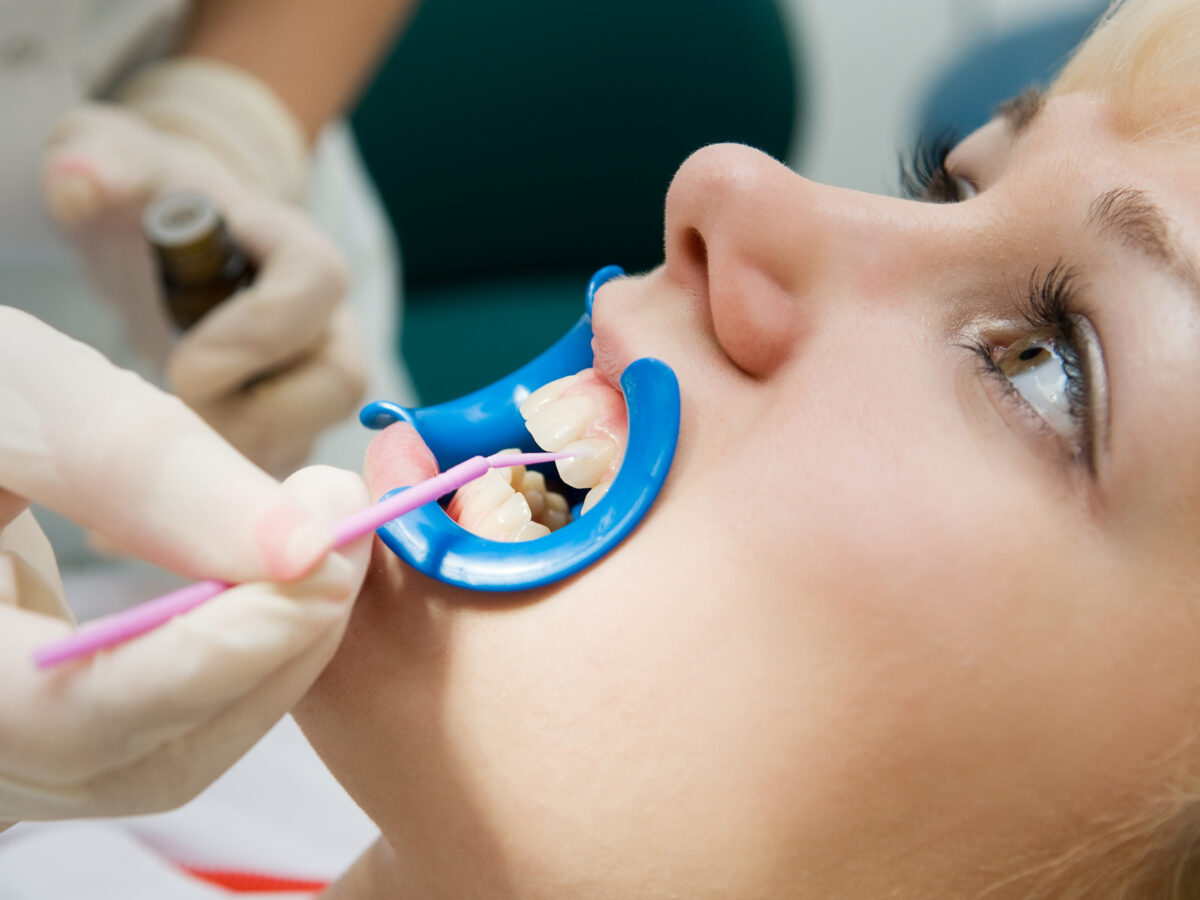Blog
Dental hygiene tips for healthy teeth & gums

How often should sealants be replaced?
Maintaining oral hygiene throughout your life is essential to preserving oral health. Getting rid of bacteria that form on your teeth can prevent gum disease. Committing to flossing, brushing your teeth every day, and visiting your dentist regularly for dental checkups and cleanings lowers your chances of dental problems such as cavities and tooth decay.
As a parent, you want the best dental health for your kids. It means helping your kids take care of their teeth as best as possible. Explaining the importance of dental hygiene to your kids takes work. Getting your kids to brush regularly and floss correctly is difficult, and sealants come to your rescue.
Dental sealants are a preventive & non-invasive dental treatment, used to avoid the risk of tooth decay. They work by sealing the tooth, preventing the cavity-causing bacteria from coming in contact with the tooth, and it reduces the risk of cavities in your kids’ mouths.
Some teeth are difficult to clean properly. When you run your tongue along your back, molars, ridges, and deep grooves can be felt. Food particles get stuck in these grooves and are hard to remove, even through a cleaning regimen. You can use dental sealants to rectify this situation.
What Are Dental Sealants?
Experts at the ADA’s Mouth Healthy compare the sealants to raincoats for our teeth. According to them, thin sheeting is like a protective layer over our back teeth, which are susceptible to cavities. After we apply the sealant, the bacteria won’t be able to settle on the surface of our teeth. It is similar to how a raincoat can protect our bodies from raindrops.
Sealants act as a protective shield for our teeth. They are clear plastic coatings painted over our back molars’ chewing surfaces, and they work to create a cleaning surface sealing out any harmful bacteria.
The procedure for getting them is quick and non-invasive. When you visit your dentist, he will place a gel over your teeth, which would act as an adhesive, and is rinsed off after applying the sealant over the ridges and grooves of your back molars.
Why Should Kids Get Dental Sealants?
According to a study by the CDC, sealants are three times more effective at preventing harmful bacteria and cavities in children aged 6-11 than not having them at all. Kids without dental protection are more likely to develop cavities in their molars at a young age, and the cavities remain untreated for a long time.
These dental adhesives are thin coatings of resin applied by being brushed onto the surface of your teeth. Since the molars are texturized and towards the back of your mouth, they are the most common location for cavities.
They are brushed over the fissures and pits on the chewing surface of the molars, providing a protective layer between the bacteria and the tooth’s surface. The sealants do not allow the outer elements to affect the tooth surface.
In addition, they can help prevent infections and harmful conditions in children. They provide an extra layer to the kids, which allows them to prevent cavities. These dental adhesives are affordable and easy to apply with no side effects. This budget-friendly procedure can save thousands of dollars in the future due to an untreated cavity.
How Long Can The Dental Sealants Last?
Sealants wear down with time due to the chewing forces to which molars are exposed. For this reason, it is advised to have your kids’ sealant regularly checked, it would ensure that they remain intact. If this dental adhesive is damaged and excessively worn, it can lead to bacteria becoming trapped under the sealant, ultimately forming cavities. To prevent this, the dentist recommends replacing them every two to four years.
Your dentist should examine dental sealants regularly to ensure no premature damage or wear can cause decay. Encouraging your child to practice oral hygiene with sealants can effectively reduce severe oral diseases.
